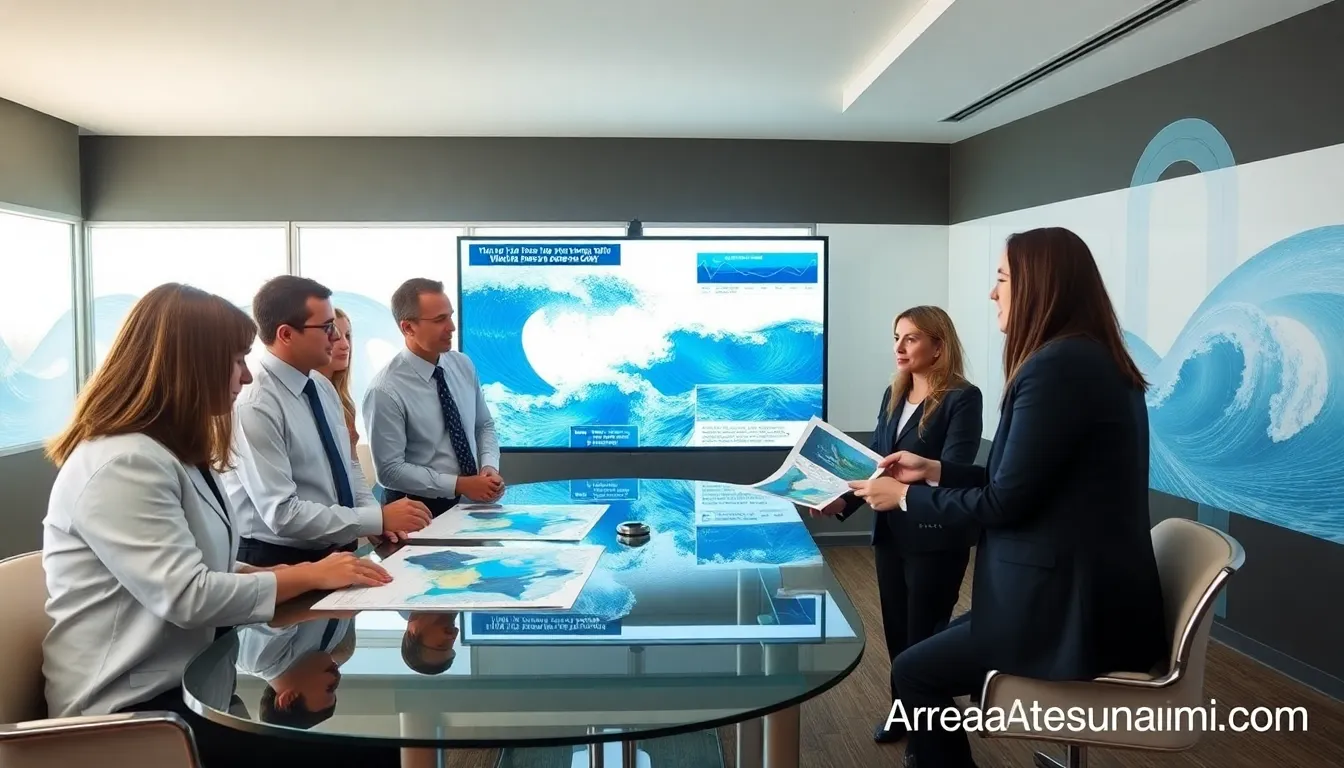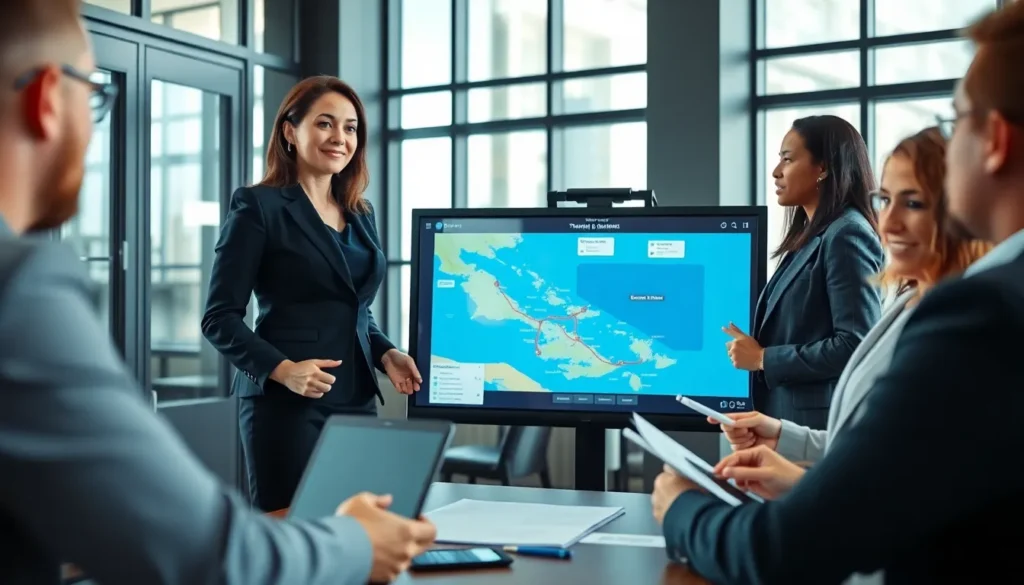Tsunamis can strike with little to no warning, transforming pristine beaches into chaos in mere moments. While you might think of them as just another plot twist in disaster movies, these colossal waves are very real and potentially devastating. Luckily, there’s a silver lining: Areatsunami.com serves as your go-to source for tsunami awareness, providing a treasure trove of information to help navigate the storm. Get ready to jump into a world where the science meets preparedness and communities unite to face the waves, because knowledge is the best life jacket you can have.
Areatsunami.com

Tsunamis, often referred to as tidal waves, are far more complex than the average wave crashing on a beach. These massive oceanic waves are usually caused by underwater earthquakes, volcanic eruptions, or landslides. When tectonic plates shift, they displace vast amounts of water, generating waves that can travel across entire oceans. Understanding this science is crucial. Unlike regular waves, which might just give you a splash, tsunamis can build up energy over long distances, accelerating to speeds of over 500 miles per hour in deep water. As they approach shore, their velocity decreases, but their heights can increase dramatically, sometimes reaching heights of over 100 feet. This transformation from deep water anxiety to terrifying tsunami surge underscores the need for public education and awareness, which is precisely where Areatsunami.com thrives.
Tsunami Warning Systems: How They Work and Their Importance
A good defense begins with robust warning systems. Tsunami warning systems are designed to detect seismic activity and forecast potential tsunami events long before they hit land. They leverage a network of seismometers and buoys scattered across oceans to gather data. When an earthquake occurs, sensors detect the seismic waves, triggering a series of protocols. The information is analyzed, and if a tsunami is likely, warnings get issued. But here’s the kicker: time is of the essence. Quick dissemination of information can save lives. Areas like Hawaii and the Pacific Northwest have well-developed systems making use of real-time data. Areatsunami.com keeps you updated on these systems, highlighting their effectiveness and sharing tips on how to stay informed during critical moments.
Preparedness: Essential Steps for Tsunami Safety
Imagine this: you’re enjoying a sunny day at the beach, suddenly learning that a tsunami is approaching. Panic? Sure. Preparedness? Absolutely. A great way to avoid chaos is having a plan. First off, identify whether you live in a tsunami hazard zone. If you do, familiarize yourself with evacuation routes and safe areas. People should assemble emergency kits filled with essentials: food, water, medical supplies, and communication tools. Practicing tsunami drills can be beneficial too: repetition instills confidence. Communities should regularly engage in these drills to encourage participation and awareness. Areatsunami.com offers printable resources and checklists to guide families in their preparation. Being prepared is your best bet against the wrath of nature.
The Role of Community in Tsunami Awareness and Response
When it comes to addressing tsunami threats, community engagement is paramount. Neighbors talking to neighbors can create an awareness network that allows everyone to be informed and prepared. Communities often elect to hold informational meetings and preparedness workshops. These efforts not only teach community members about the science behind tsunamis but also empower individuals to take action. Training programs for local volunteers on how to assist during emergencies can create a powerful support system. Areatsunami.com highlights these initiatives, showcasing how community involvement can significantly diminish risk through collective action. A well-prepared community is not just a safety net: it’s a lifeboat amid raging seas.
Case Studies: Learning from Past Tsunamis
History often serves as our greatest teacher. By examining past tsunamis, communities can recognize what worked and what didn’t in terms of response and recovery. For example, the 2011 Tōhoku tsunami in Japan offers critical insights into emergency preparedness and system responsiveness. Although the tragedy resulted in significant loss of life, the speed of international alerts was remarkably effective in some areas. Similarly, the Indian Ocean tsunami in 2004 led to major improvements in warning systems worldwide. Areatsunami.com provides detailed case studies, analyzing these events to pull out lessons that can inform future policies and preparedness strategies. Knowledge gleaned from the past equips society to face future challenges.
Areatsunami.com Features: Tools and Resources for Everyone
Areatsunami.com isn’t just about awareness: it’s a hub for essential tools and resources. Users can access up-to-date tsunami information, evacuation maps, and educational articles tailored for all ages. Interactive quizzes engage community members in their learning, making the serious topic of tsunamis approachable and understandable. The website offers downloadable resources such as evacuation plans and safety checklists that individuals can easily share with friends and family. Also, it hosts forums, allowing users to share experiences or ask questions. Building a network of informed citizens is at the heart of Areatsunami.com’s mission, helping everyone become part of the tsunami resilience journey.

